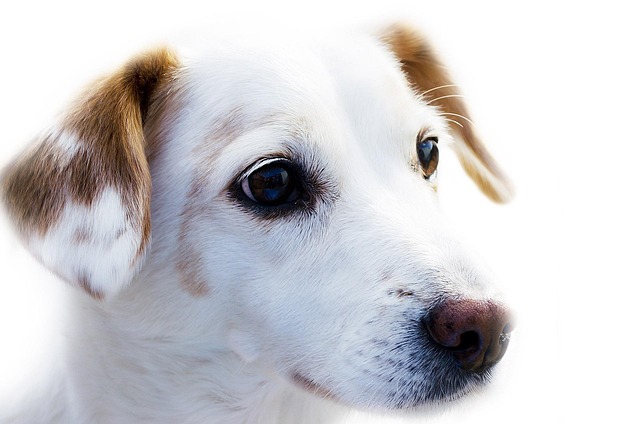
What is glaucoma in a dog?
You might notice your dog squinting more at mealtime or avoiding bright sunlight—these small changes could be early signs of a serious eye condition.
Noticing your dog drinking more water than usual, taking frequent trips to the backyard, or seeming tired even after short walks can be worrying signs—especially if these changes stick around for more than a day or two. For many new dog owners, it’s easy to brush off small shifts in behavior, but when they point to kidney issues, early action makes all the difference. Kidney disease in dogs is more common than you might think, especially in older pups or breeds prone to the condition, but with the right care, you can help manage it and keep your furry friend comfortable.
Understanding how your dog’s kidneys work helps you see why quick care matters. Their kidneys filter waste from the blood, balance fluids, and keep important nutrients in check—sort of like a built-in cleaning system for their bodies. When this system slows down, waste builds up, leading to symptoms like increased thirst, weight loss, or even vomiting. In many cases, kidney disease develops gradually, so regular vet checkups can catch early signs before they get worse. Never skip these checkups—they’re not just a formality, but a key part of keeping your dog healthy long-term.

Once your vet diagnoses kidney disease, the first step is usually adjusting their diet—and it’s easier than you might think to make this change smooth. Vets often recommend prescription foods low in protein and phosphorus, since these nutrients can put extra strain on weakened kidneys. Instead of sudden switches, mix small amounts of the new food with their old kibble over a week, gradually increasing the new portion.
Daily care also means sticking to habits that fit your living situation, whether you’re in an apartment or a house with a yard.When walking in shared spaces, always clean up after them—this isn’t just good manners, but a legal requirement in most neighborhoods, and ignoring it can lead to fines. Also, keep things calm at home: loud noises or sudden changes in routine can stress your dog, and stress worsens kidney symptoms. Stick to regular feeding times and gentle play—think short fetch sessions instead of long runs—to keep them active without overexerting.
Remember, managing kidney disease in dogs is a team effort between you and your vet, and it’s important to stay patient. Some days will be better than others—your dog might have more energy one morning and nap more the next—and that’s okay. Never use punishment if their symptoms act up; positive reinforcement, like treats for using the potty outside or eating their food, works far better and keeps your bond strong. With consistent care, a tailored diet, and regular vet visits, many dogs with kidney disease live happy, comfortable lives for years. Your role as a pet owner isn’t to “fix” the disease, but to support your dog—and that’s the most important job of all.

You might notice your dog squinting more at mealtime or avoiding bright sunlight—these small changes could be early signs of a serious eye condition.

Let’s set the scene: It’s a sweltering Phoenix afternoon—105°F outside—and you rushed your 2-year-old Lab mix, Cooper, on a quick walk to “get it over with.”

Let’s get real: You’re in your Miami apartment, watching your 3-year-old Corgi, Loki, struggle to climb the stairs to your second-floor unit.

Many dog owners brush off occasional scratching as just “dog behavior,” but persistent itching often signals something more—like a food allergy.

You might first notice your dog scratching more than usual—chewing at their paws until the fur looks thin, or rubbing their face against the couch nonstop.

Let’s be real: You’re standing in your Chicago apartment, watching your 3-year-old Beagle, Max, huff and puff just to climb onto the couch.